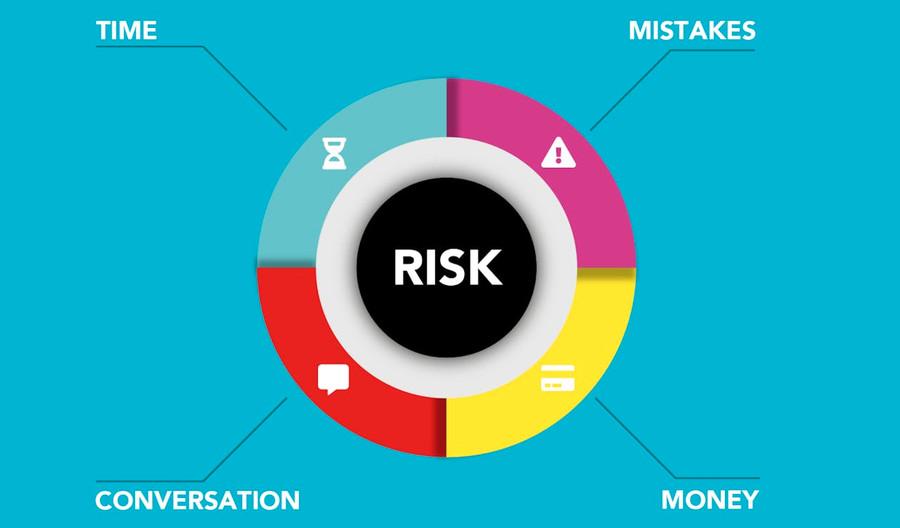The Four Broad Categories of Risk Transformations: Business Area
These transformations are typically business-led, driven by embedded line-one risk and control teams. Such transformations often include process, system, and control mapping; process simplification, digitization, and automation; documenting, decommissioning, and building ideally automated, preventative controls and monitoring in critical process breakpoints; and clarifying responsibilities.
2
16 reads
CURATED FROM
IDEAS CURATED BY
The idea is part of this collection:
Learn more about problemsolving with this collection
Conducting market research
Analyzing data to make informed decisions
Developing a product roadmap
Related collections
Read & Learn
20x Faster
without
deepstash
with
deepstash
with
deepstash
Personalized microlearning
—
100+ Learning Journeys
—
Access to 200,000+ ideas
—
Access to the mobile app
—
Unlimited idea saving
—
—
Unlimited history
—
—
Unlimited listening to ideas
—
—
Downloading & offline access
—
—
Supercharge your mind with one idea per day
Enter your email and spend 1 minute every day to learn something new.
I agree to receive email updates
